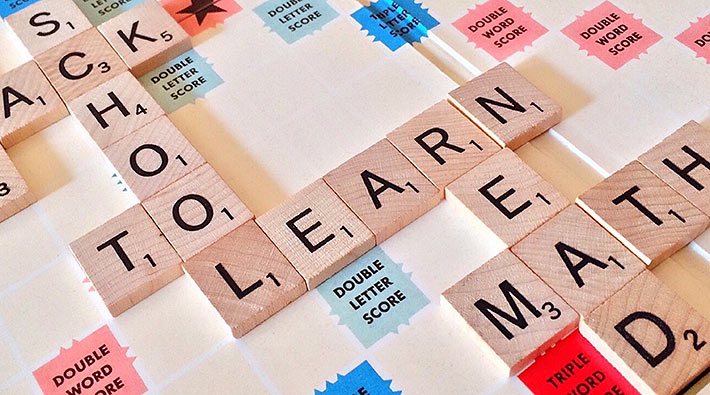
In Skinner’s 1957 writings, he notes that language is a learned behavior. Yes, learned.
For instance, we as humans attain our ability to talk and understand others in the very similar ways that we learn to reach, grasp, crawl and walk (through antecedent and consequent events- preceding and following events) involving reinforcement and/or punishment. For example, an infant laughs for the first time, we as stimuli, smile back, state “isn’t that cute,” and hold or make the motion again so the child will reproduce the same behavior. After a few weeks of laughing/giggling, we (stimuli) no longer respond to the behavior (laughing) in the same way, its not new anymore and we, without realizing, increase our expectations of the child to the first sound. We hear “da” and reinforcement (excitement) follow, letting the child know this is liked, until this gets old, then it is on to the child’s next sound, words, sentences and so forth in much the same way as the first giggle…you get the point! Therefore, the movement of the vocal cord & sound production gets shaped!
This process is natural, simple, yet complex- for a more in-depth reading access: Skinner, B.F. (1957). Verbal behavior. New York: Appleton-Century-Crofts!